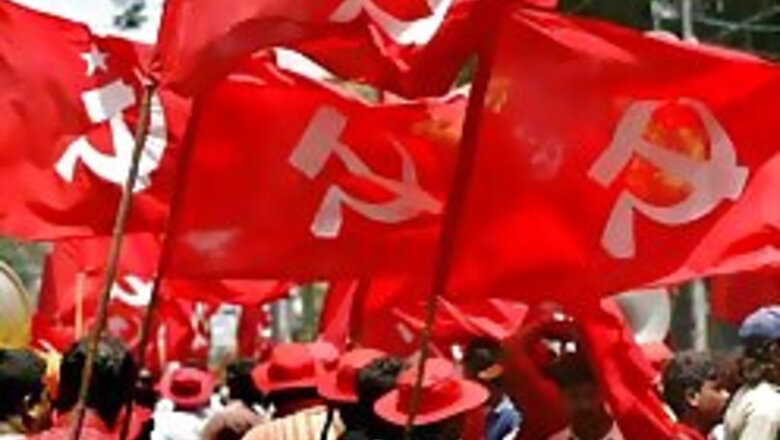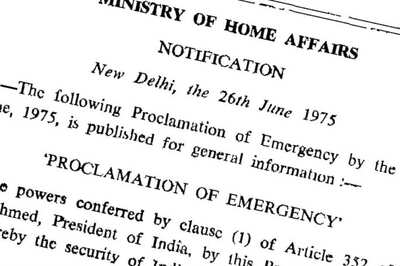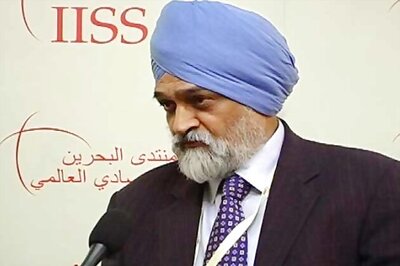
views
New Delhi: The Communist Party of India-Marxist (CPI-M) is seeing a steep rise in membership since it propped up a Congress-led Government in the country, with more and more of the affluent sections signing up.
The party membership - which is not easy to secure - went up from 8,67,763 in 2004, when Prime Minister Manmohan Singh took power, to 9,45,486 this year, an increase of nearly nine per cent.
The growth, according to party documents just made public, is however uneven, with membership recording a massive growth in Andhra Pradesh, a long-standing stronghold, and stagnating in Bihar, one of India's poorest states.
The report on the Implementation of the Party's Organisational Tasks discusses freely and frankly the successes and failures of the CPI-M.
Stating that the CPI-M has begun to play a greater role in national affairs thanks to the crucial crutch it provides to the ruling United Progressive Alliance (UPA), the report adds that the party's acceptability encompasses new sections. "More and more people today look up to the party with expectation."
In an observation about Tripura, one of the three states the CPI-M governs but which party sources said might be true for some other states as well, the document says: "People belonging to affluent sections are getting into the party in more numbers."
It also says that the number of less earning party members had decreased and impoverished sections of the people were not being drawn or getting drawn marginally to the CPI-M.
Also, from 2004 to 2006, membership in the party's frontal organisations went up.
While figures for the trade union are yet to be known, the increase in membership in the farmers front was 2.8 million, it was 799,121 for farm workers, women 966,080, youth 1.06 million and 287,906 for student front.
Among the "priority states", Maharashtra saw good results while Assam showed some growth. Party membership rose in Jharkhand but youth and student bodies suffered.
"Some growth" was seen in Uttar Pradesh. In Bihar, where party membership remained stagnant, many dropped out of agricultural, youth and student organisations.
The document also records poor growths at various levels in the Andaman and Nicobar Islands, Chhattisgarh, Haryana, Gujarat (where students' and farmers' membership fell), Delhi (women members decreased) and Himachal Pradesh, which saw "slow growth" in all mass organizations. Uttaranchal also came on the poor performance list.
"Jammu and Kashmir is facing a difficult situation," it said. "There is increase in kisan and youth fronts' membership. There is no student front membership (in the state)."
In contrast to these poor performing states, "overall growth and influence of the party and mass organizations" was witnessed in West Bengal, Kerala and Tripura, all three states ruled by the CPI-M.
All this is an admission that despite best efforts over the past three decades, the CPI-M has failed to grow significantly outside these three states, which along with Tamil Nadu and Andhra Pradesh account for almost all its MPs in the Lok Sabha.
The document has pulled up some unspecified "state level and district level leaders" for not personally taking part in street protests. And it wants the party to pay more attention to the growth prospects in Bihar and Uttar Pradesh, two of India's most populous states.
The CPI-M was formed in 1964 following a split in the then pro-Moscow Communist Party of India (CPI). The CPI-M-led Left Front, which also includes the CPI, the Revolutionary Socialist Party and the Forward Bloc, helps to keep the Congress-led coalition in power.




















Comments
0 comment